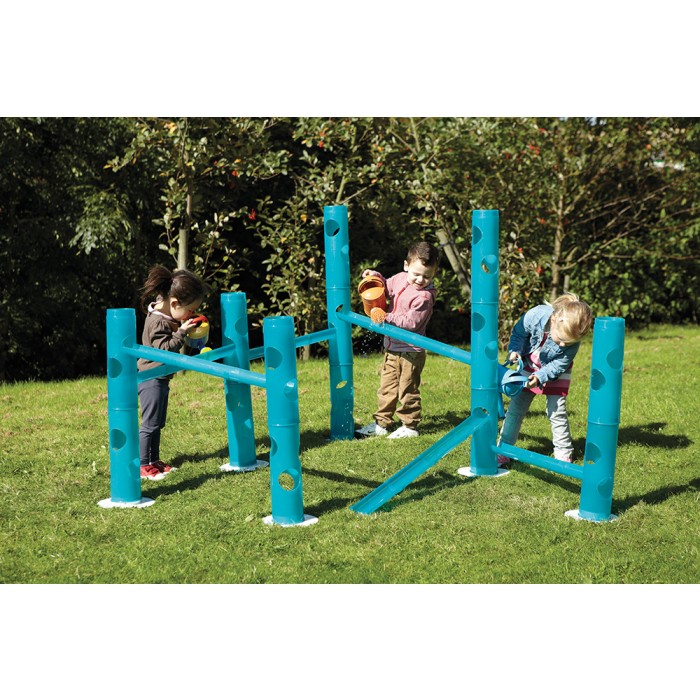Introducing science to children doesn’t have to be daunting, science is fascinating! Some of my greatest childhood memories were of the wacky things we got to make and experiment with in class. I hold those memories dear, and I know now that they really helped me progress through my learning journey later on.
A lot of these experiments are also great for children to create, play, observe, and learn either alone or in groups of their peers—with mild adult supervision, of course.
Here are 10 easy and memorable science experiments to help inspire your children’s inner mad-scientist.
1) Density Jars – Density is a fundamental concept in physics, it helps explain why rocks sink, birds fly, and ships float. With just a few simple materials from around the home, you can teach children how density works first hand! This experiment is not only eye catching--as you’ll be using a variety of colourful liquids--it also helps introduce them to physics and chemistry.
2) Clean a Penny – This super simple observation experiment is a classic! Explore acidity levels in food by cleaning oxidized pennies with different condiments. This is 100% kid safe experiment, and no adults are needed in order to complete it; separate your kids into groups with different condiments (Ketchup, Soda, Vinegar, lemon/lime juice) and multiple pennies, and let them go to work!
Want to take it one step further? Have the children oxidize their pennies themselves.
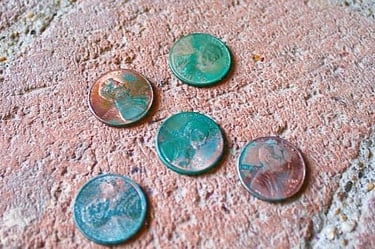 via, Buggy and Buddy
via, Buggy and Buddy
3) DIY “Lava Lamp” – Here is another fun experiment to help teach your children about density and chemistry, and one that they can take home to keep! Combine oil and coloured water in a jar, add 1 Alka-Seltzer table and watch your lava lamp come to life! I’m sure your little one is going to have lots of questions after observing what happens, which is the perfect opportunity to introduce a little science lesson into their day. The best part is, they can then take their jars home and show their parents what they’ve learned!
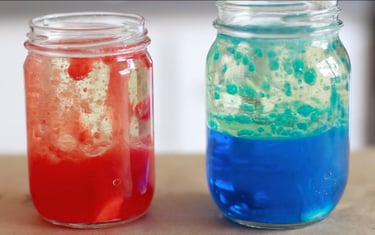 via, PBS
via, PBS
4) Tornado in a Bottle – A Tornado in a bottle is something every child can get behind. They can easily make one themselves, and it provides hours of day-to-day fun; but did you know this project also helps children learn? Children not only get to play with this experiment by tipping and swirling and observing the liquid in the bottles, but they also get to learn about physics, vortexes, gravity, and recycling.
Take this experiment a step further: get them to swirl the bottle and observe what happens, then have them flip the bottle but not swirl it; they will then report back to you what they’ve observed.
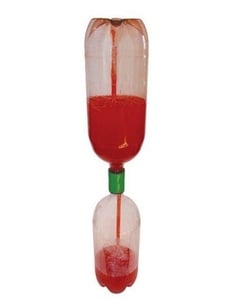
Connecting two pop bottles together can often be a messy challenge, make your “Tornado in a Bottle” project easier and more kid friendly, with Tornado Tubes!
5) Water Cycle Baggie – We know that earth has a limited amount of water it cycles through, but does your child know? Water cycle bags are a fun and creative STEAM project to help teach children about earth, science and the water cycle, and the water cycle's effect on atmosphere, weather, and even nature.
This is a lengthier experiment as children will often have to wait a few days to observe the water cycle in completion, but what they’ll witness is everything! Have the children create their water cycle bag, tape it to a spot on a sunny window, and throughout different times of the day—day-to-day—have them observe and report what they see happening.
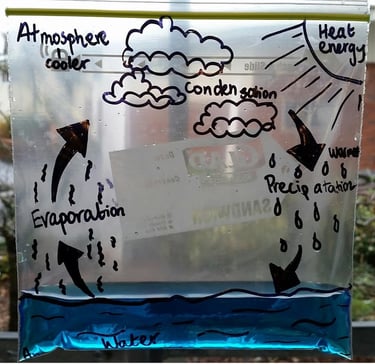 via, RoboLabz
via, RoboLabz
6) Grow a Plant – This a great experiment to teach children about earth science, botany, and the affects of surroundings. The purpose of this project is to plant, grow, and observe the growth process.
This may be a long-term project, but it has so much payoff! They not only get to play in the dirt while learning, but plants can teach us so many lessons about nature.
For one experiment, have each student grow their own plant on their own (a fun observational experiment they’ll eventually get to take home); or, make it a group class-project by placing multiple plants in different areas of the classroom—in sunny window, in a dark cupboard, under artificial light only—to show students how different surrounding affect plant life differently.
 via, Sites at Pen State
via, Sites at Pen State
7) Colouring Flowers – With this experiment, children can easily discover for themselves how essential the functions of stems are to plant growth. Flowers suck water up through their stems to feed their petals and make them grow, this process is called 'capillary action'. As the coloured water is absorbed children will be able to see how it moves into the flower, and will be amazed when the petals of a white carnation change color.
This is another great experiment that helps children learn about botany and water, and gives them something to gift to their caregiver or take home for themselves when complete!
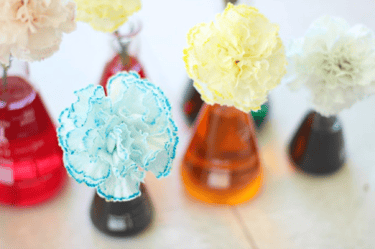 via, Kidspot
via, Kidspot
8) Water xylophone – Explore sound and vibration with this next experiment. Sound is the energy things make when they vibrate. These vibrations force the air around them to vibrate too, and eventually inside of your ears begins to vibrate too. The brain then interprets these vibration into noises like music and speech.
Though the whole process may sound elaborate, the water xylophone is a fun way to explore sound and vibrations.
 via, Little Passports
via, Little Passports
9) Gravity Tubes – This fun little experiment help teach children about gravity and different affects of gravity on different objects. Take a cardboard tube, slide or board and send different items down it. Increase or decrease the slope and have your child tell you what they observed.

via, hobbycraft
10) Baking Soda Painting - In this science activity, not only will children get to create a chemical reaction, but they’ll also be able to explore color mixing while create some colorful “artwork”! This simple experiment helps teach children about [safe] chemical reactions and chemistry through colourful vinegar. Seriously, all this is, is baking soda in a tray, eye droppers, and dyed vinegar. So simple yet so much fun! Help set up the children around their trays, then watch the artistic magic happen.
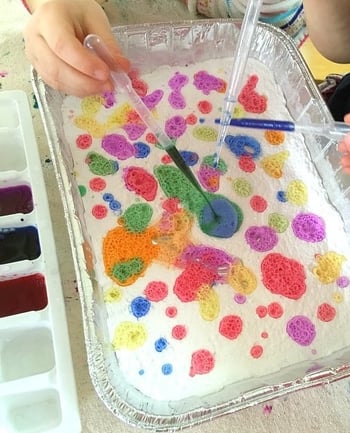 via, Buggy and Buddy
via, Buggy and Buddy
Have you introduced your children to an awesome project we didn’t cover here? Tell us about yours in the comments section below! We’d love to hear from you.



f.jpg?width=375&name=make-amazing-9-layer-density-tower-from-things-found-your-kitchen.w1456%20(1)f.jpg) via,
via, 
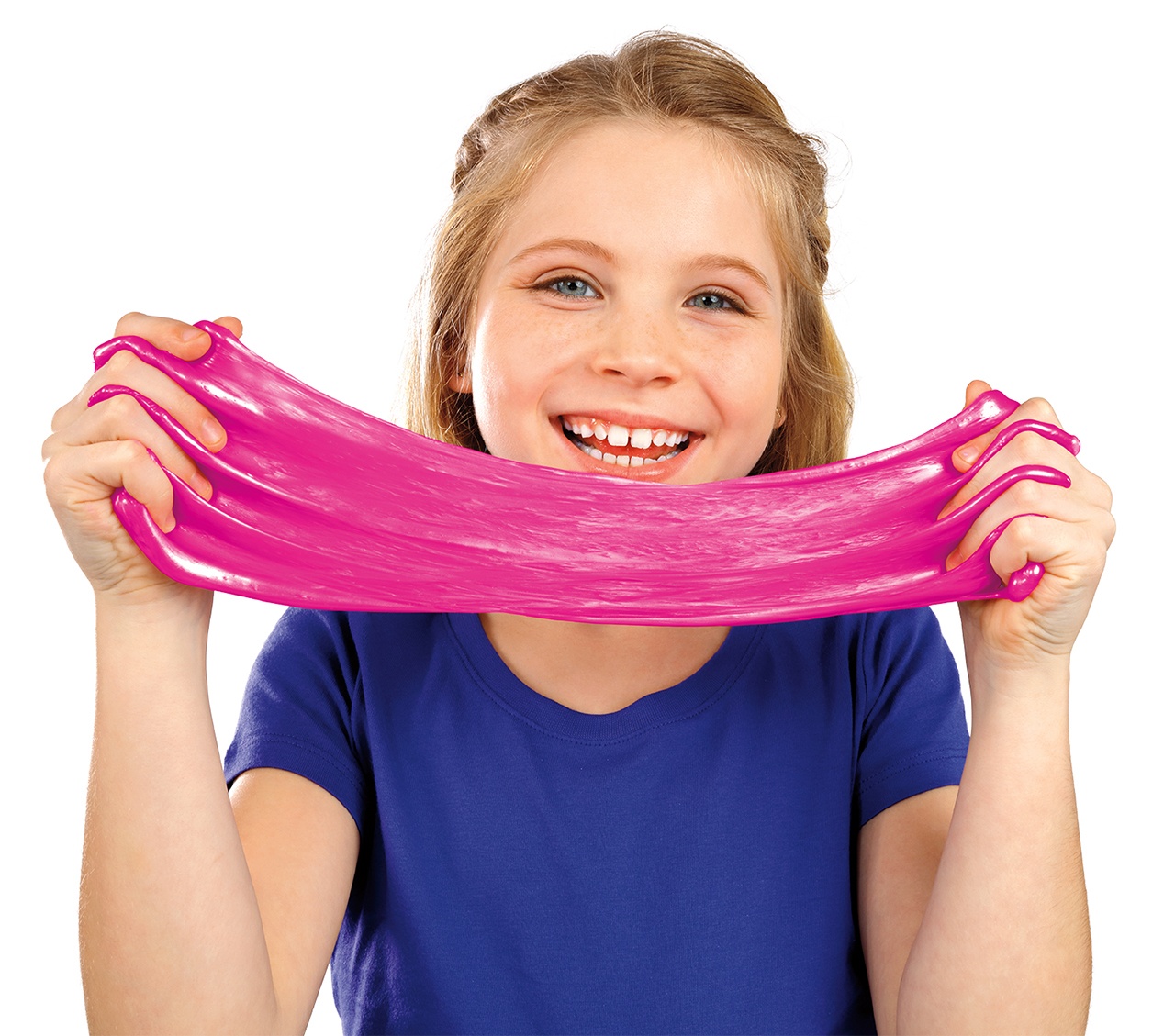

.png)
